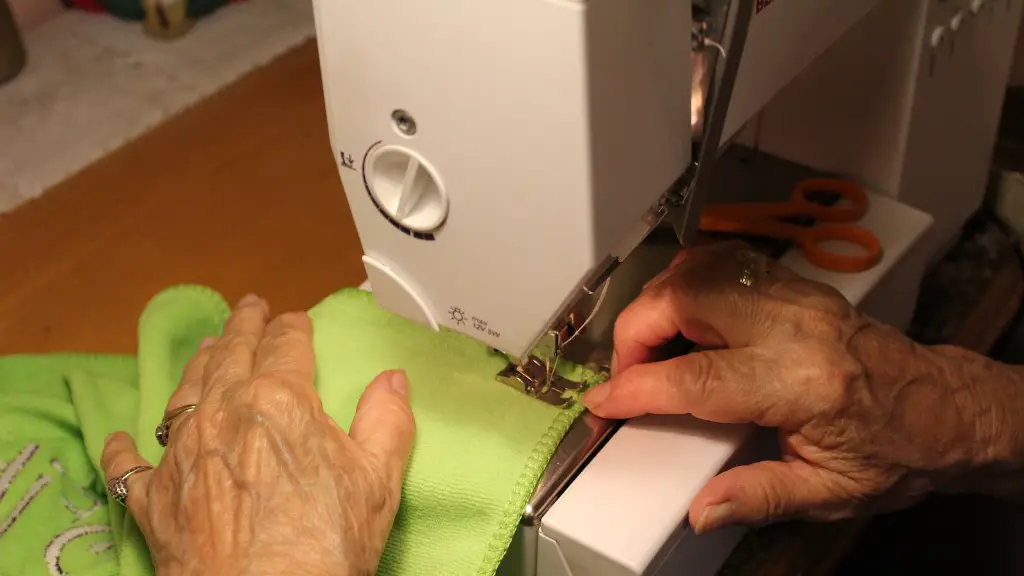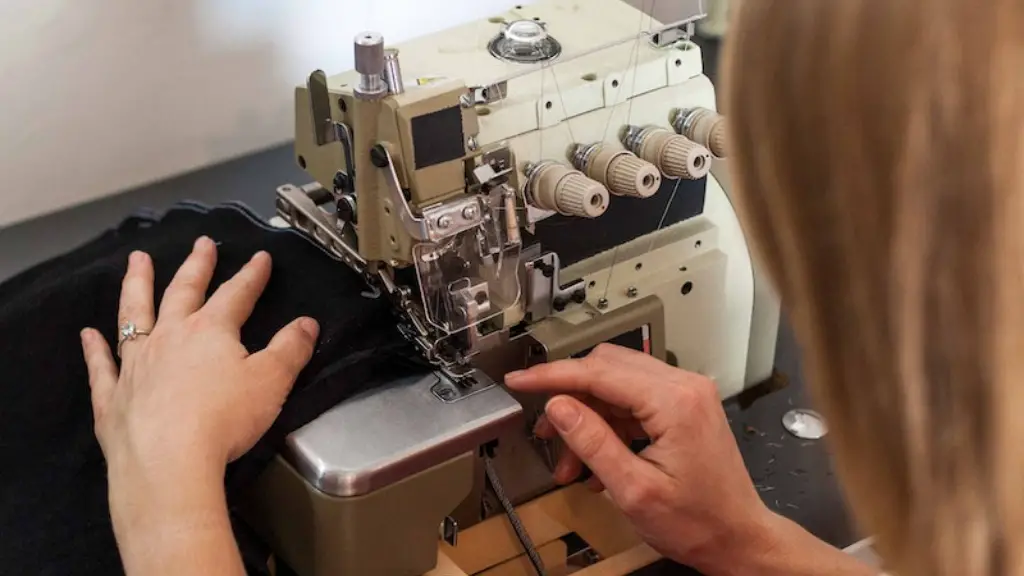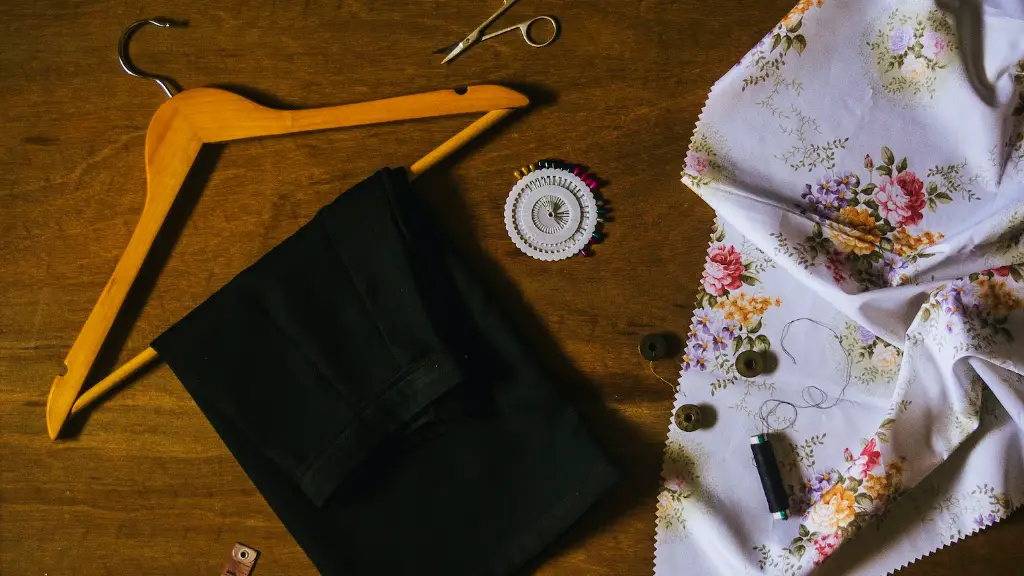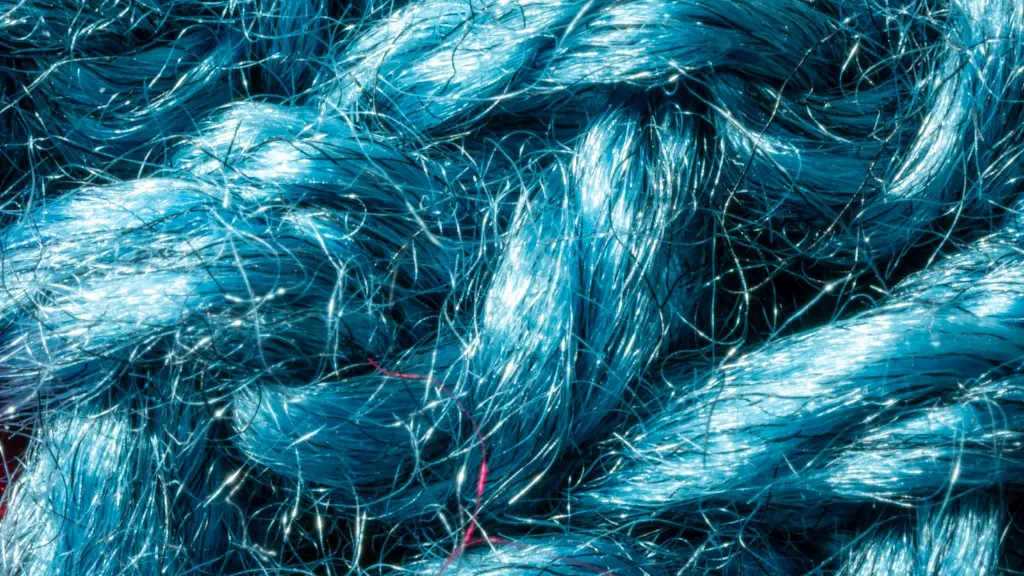Introduction
Learning to use a sewing machine is not difficult, but takes some practice and patience. Sewing machines are incredibly useful pieces of equipment in the world of fashion, design and craft. Having the ability to sew at home and customize clothing for yourself or for others is an invaluable skill. Anyone who is interested in learning can do so relatively quickly, regardless of skill level or experience. The key is to start slow and practice frequently.
Basic Machine Setup
Firstly, it is important to become familiar with the parts of the machine and any attachments. Most sewing machines have a few different standard parts, such as a needle, a presser foot, a bobbin, and a tension disk. Additionally, many machines have a variety of other accessories, such as a zigzag foot, a gathering foot, and a buttonhole foot. It is important to read up on exactly what parts and accessories your sewing machine has, and how they work together to create a professional-looking garment.
Next, thread the machine with the desired colour thread. The most common location for the spools of thread are behind and to the right of the needle, with a small wheel connected to a thread guide above the spool pin. Place one spool of thread onto the spool pin, then loop the thread around the thread guide and then pull the thread through the eye of the needle. Feed the thread from behind the needle, through the tension disk and down under the presser foot to the bobbin. This process is known as threading the machine, and is essential for creating clean, professional stitches.
Getting Started
The next step is to learn to sew basic stitches, such as the straight stitch, the zigzag stitch, or the decorative stitch. Before beginning, ensure that the presser foot is in the down position so that the machine can grab the fabric beneath it. Place the fabric with its wrong side up, and practice guiding the fabric steadily and in even increments under the presser foot. If you are using a thick fabric, multiple layers of fabric, or a stretch fabric, it may be necessary to use a thicker needle and longer stitch length.
When practicing stitches, use a scrap piece of fabric that is the same type as you plan to use in the final garment. This will help to ensure accuracy, as the tension and settings may need to be different when using different fabrics. Additionally, practice on both straight and curved lines, as this will help improve the accuracy of your stitches.
Practice With Patterns
Once you feel comfortable controlling the fabric and creating straight, even stitches, it is time to try following a pattern. Patterns provide structure and guidance for creating garments as well as intricate home decor items or accessories. Begin with a simple pattern before attempting a more complicated one, such as a shirt or jacket.
While it may be tempting to use the longest stitch possible, this may not always be necessary. It is important to pay attention to the pattern instructions, as some fabrics require a certain length of stitch for stability or a certain stitch type for durability.
Final Tips
It is also important to use the correct type of needle for the type of fabric you are using. Cotton and woven fabrics require a sharp needle, while stretch and knit fabrics require a ballpoint or ballpoint type needle.
Most importantly, practice makes perfect, and it is important to not get frustrated if things don’t look perfect the first few times. Practice, patience and dedication will result in beautiful custom clothes and home decor projects. Sewing machines can be a great way to express creativity, so take your time and enjoy the process.
Methods For Sewing Different Fabrics
Sewing machines work differently on different fabrics, and it is important to learn the methods for different fabrics to ensure professional looking results. Formal fabrics (such as silks and fine cottons) are best sewn with smaller stitches and the fabrics should be smooth and free from any snags or bubbling. Knitted fabrics (such as sweaters) need a larger stitch, and elastic stitches are often used to provide some comfort and durability. Synthetic fabrics (including polyester) should be sewn with a slightly longer stitch, as the thread may not be as strong as natural fabrics.
Using Different Feet For Different Projects
In addition to different stitches, different feet can be used to customize the project and make it unique. For example, a gathering foot can be used to add texture and dimension to a skirt, or a hemming foot can be used to easily and quickly add a hem to any part of the project. Additionally, certain embellishments or designs can be added with the use of appliqué or quilting feet. The use of these feet will add a personal touch to any project, making it one of a kind.
Finishing Touches
Above all, finishing touches are important to make any project look professionally finished. This usually involves pressing seams to lay them flat, snipping threads and trimming seam allowances. Additionally, interfacing can be used at the end of the project to add stability to certain parts of the garment. Seams and edges can also be French seamed, which add strength and durability to any project. Taking the time to finesse the project will help make it look professional and polished.
Using Numerous Accessories
Sewing machines can be made even more versatile with the use of additional accessories. For example, a beading foot can be used to insert beads or stones for an extra sparkly effect, or even a pleater foot can be used to quickly add pleats and other intricate details to a project. Additionally, an adjustable foot can be used to add topstitching and quilting. Even small details can add a lot of style and personality to any project.
Conclusion
In conclusion, using a sewing machine can be a great way to express creativity and customize one-of-a-kind garments. Taking the time to become familiar with the machine and its parts, as well as practice pattern techniques, will result in professionally finished garments. Additionally, utilizing different types of accessories such as pleater feet and beading feet can add special touches and make any project truly unique. Learning to use a sewing machine requires patience and practice, but is an incredibly valuable skill to have.



